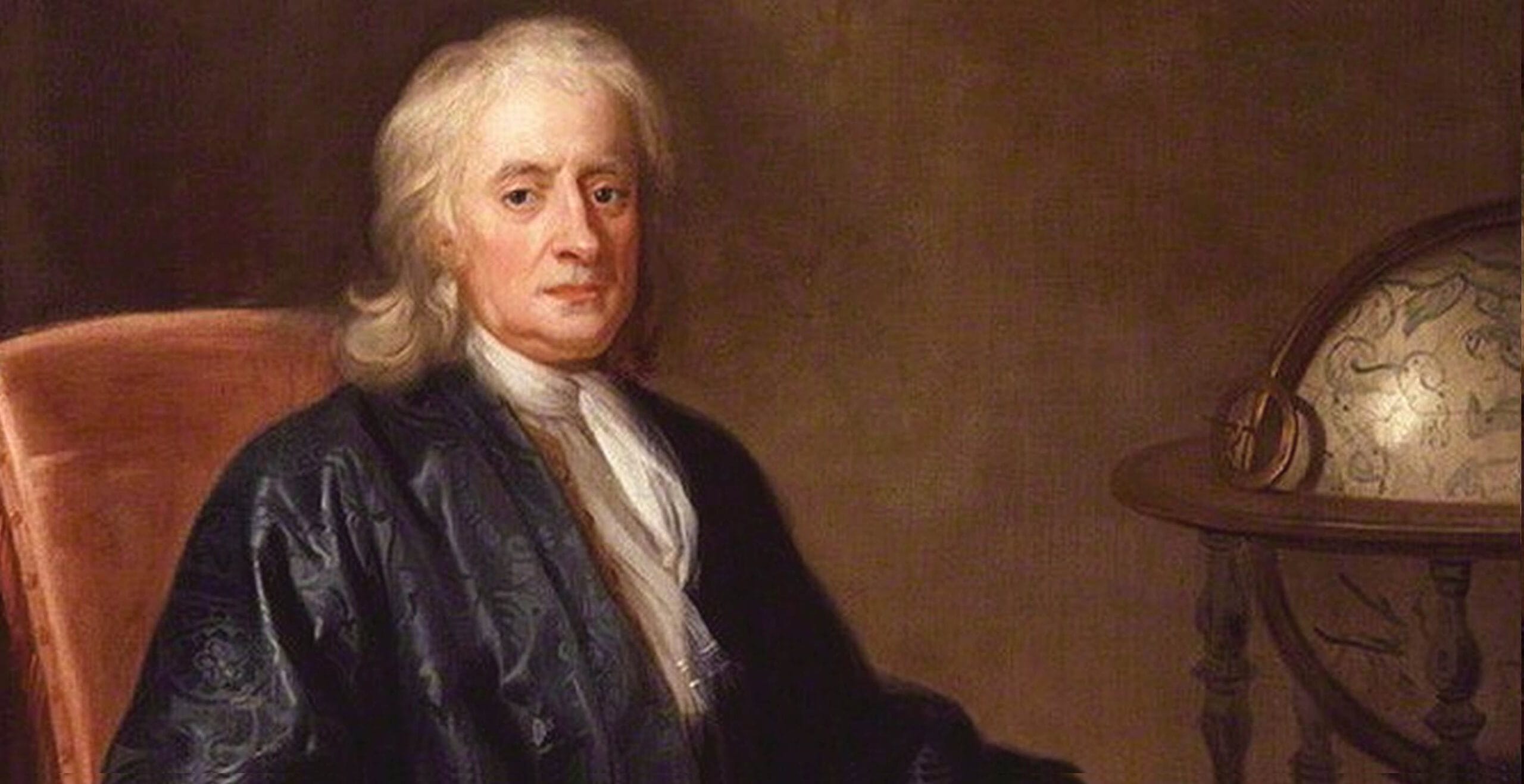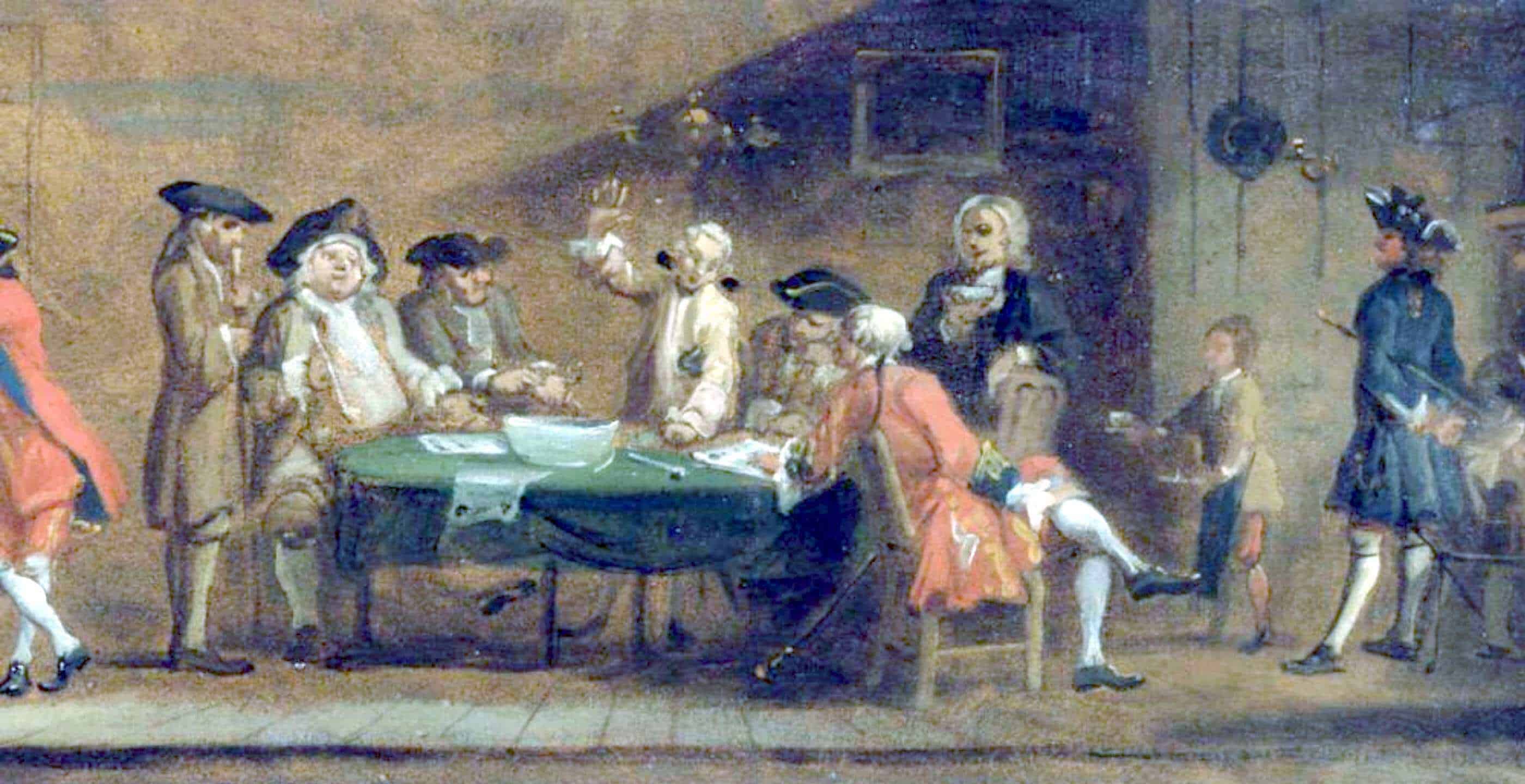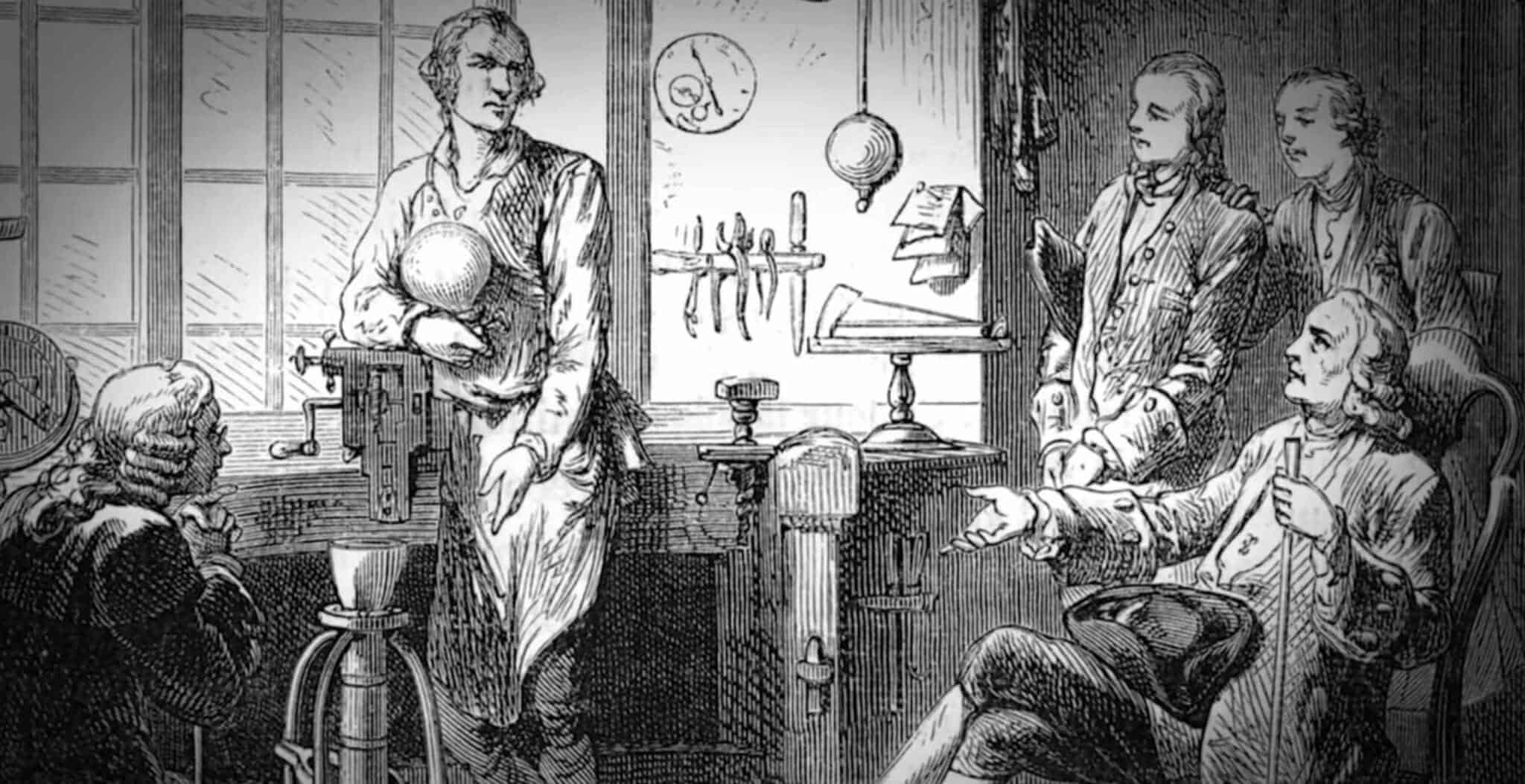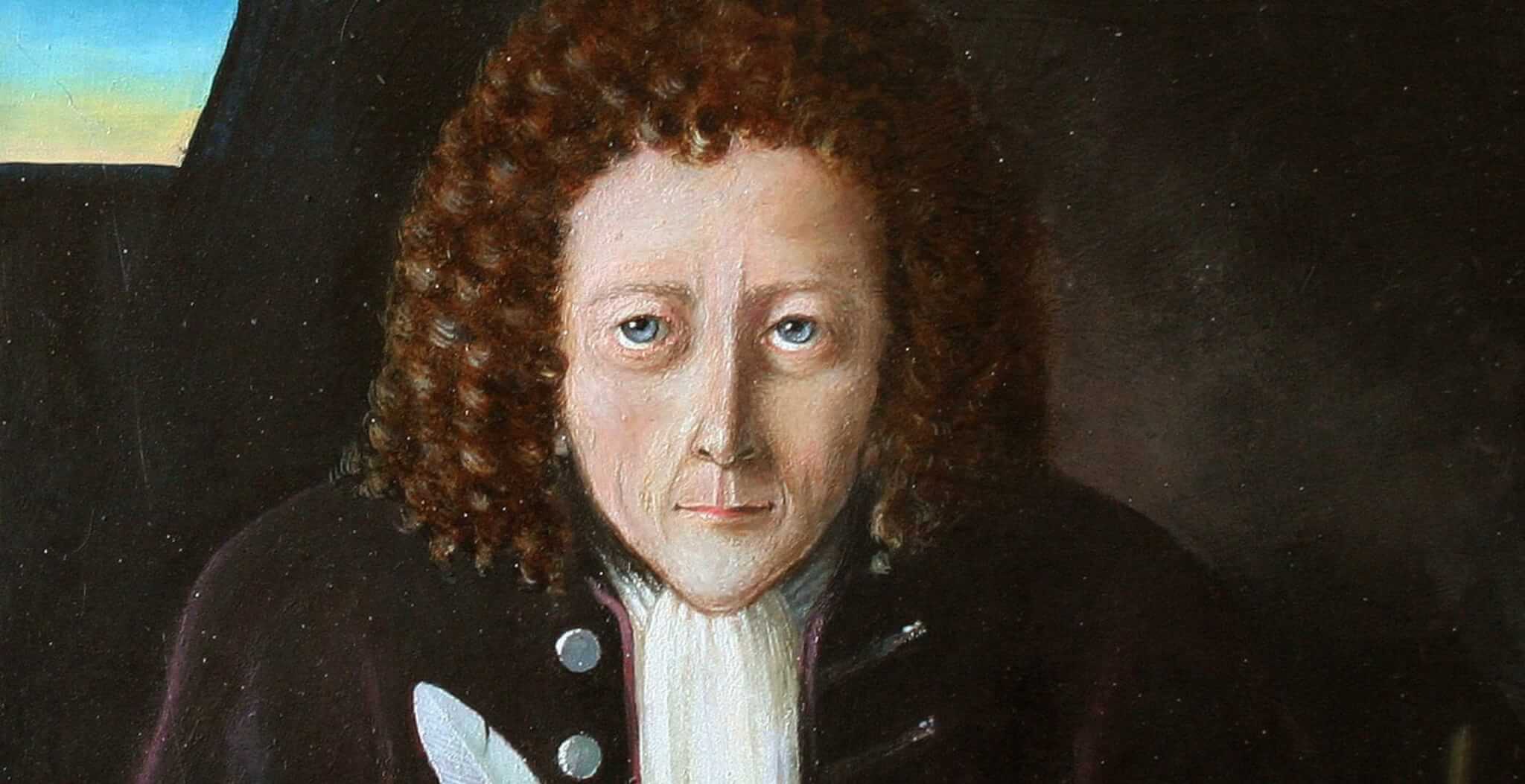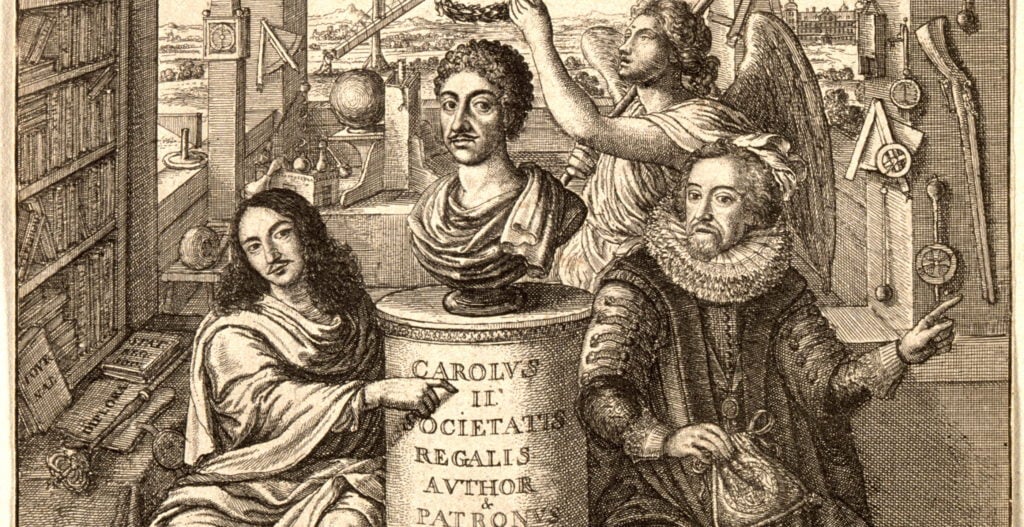Gravity, what does it mean, how does it work? For Isaac Newton, the answer came when he was sitting beneath an apple tree in his family home at Woolsthorpe and watched an apple fall. At least that is what he told fellow diners at a Royal Society meeting some years later!
The story has since changed and evolved, after being told by many interested parties, and has become one of the most enduring tales in the history of science.
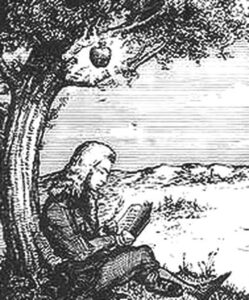
His personal story however, begins much earlier on Christmas morning in 1642 when a small baby was born in the Lincolnshire village of Woolsthorpe-by-Colsterworth. At first its premature arrival seemed to give him little chance of survival, however he fought against the odds.
His mother Hannah Ayscough was alone as his father had sadly died before Isaac was born. Three years later, Hannah would go on to remarry and live with her new husband the Reverend Barnabas Smith from the neighbouring village, leaving the toddler Isaac in the care of his grandmother.
Newton’s mother went on to have three more children, whilst young Isaac grew to become resentful of his stepfather and maintained this antagonism towards his mother as a consequence.
In his youth he attended The King’s School in Grantham where he received a classical education in Latin and Greek. However when he was seventeen his mother withdrew him from the school and attempted to make him work as a farmer, since her second husband had passed away.
Fortunately for young Isaac, the school master managed to persuade his mother to send him back to school and he soon became one of the best students. Always more interested in mechanics than literature, he invented a system of sundials as well as constructing windmill models.
By June 1661, the now adolescent Isaac Newton was accepted into Trinity College, Cambridge. He managed his way through his university degree, firstly by paying his way through valet duties and later when he was awarded a scholarship, which allowed him to go on and complete a Masters.

Whilst at Cambridge, he was fortunate enough to be under the instruction of an inspiring professor called Isaac Barrow, who encouraged Newton’s broader interests outside of the undergraduate texts. As a result he embraced new philosophers such as Descartes and astronomers such as Galileo, in a supplication of his own curriculum. It was during his time studying privately that he began to discover and develop a mathematical theory which later emerged as calculus, a way to describe the universe.
In late 1665, his studies were interrupted briefly by the closure of the university as a precaution against the Great Plague. Newton was able to dedicate much of his free time at home in Woolsthorpe to his own theories such as calculus, the law of gravitation as well as optics.
His work was based on observations, rather than simply reading the work of previous academics. This would provide the foundation for many of his theories that would later make him famous around the world.
Meanwhile, in April 1667 he returned to university and later that year was elected as a fellow. As part of this position, the requirement was to become an ordained priest, however his unconventional views posed a barrier to this and he was later granted special permission from Charles II.
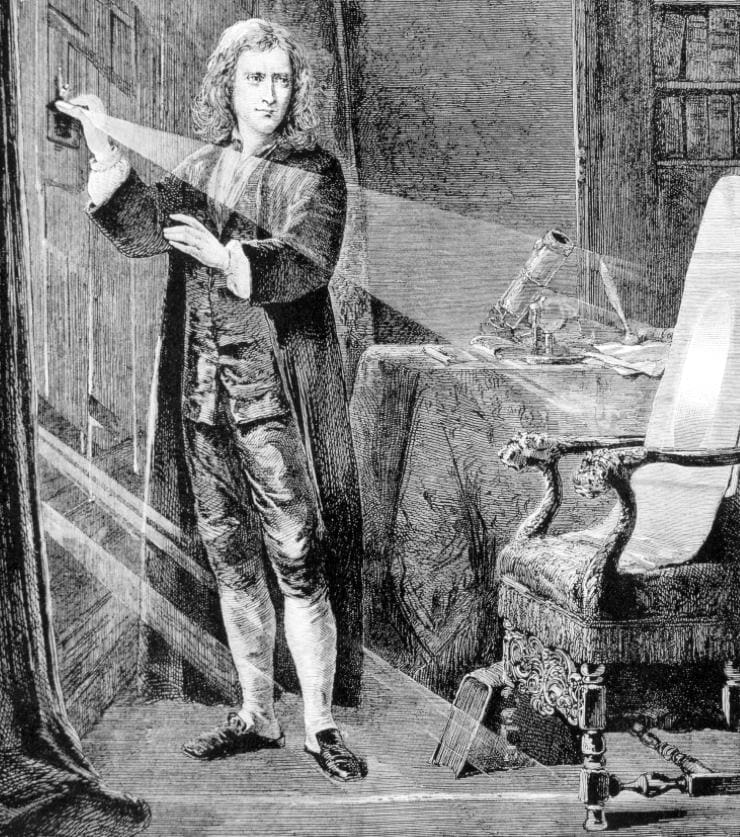
In the early 1670’s Newton had begun to lecture on optics, focusing his investigations into the refraction of light, which were producing a range of interesting results, none more so than his pursuit of the theory of optics which led Newton to redesign the telescope using mirrors instead of lenses, to create a more productive instrument.
This Newtonian telescope was based on his observations into refraction which illustrated how a multi-coloured spectrum from a prism could be transformed into a white light via a lens and a second prism. The re-synthesis of white light lead to Newton’s theory of colour which thus provided the foundation for his new telescope.
This soon garnered the attention of fellow scientists and he was called on by the Royal Society to share his ideas. Unfortunately, after receiving criticism from a fellow academic called Robert Hooke, Newton took great offense and withdrew from the debate, choosing instead to pursue his ideas in self-imposed isolation. This would lead Newton to make subsequent discoveries.
With a character such as Newton’s, his interests were wide-ranging and by 1679 he turned his attentions to celestial mechanics. As part of this new focus he worked on the basis of investigating gravitation and what effects this would have on the planets orbits.
After a few correspondence and exchanges with fellow scientists such as John Flamsteed and Edmond Halley, the nucleus of his idea began to take shape and formed the basis for his famous work ‘The Principia’ which was published in 1687.
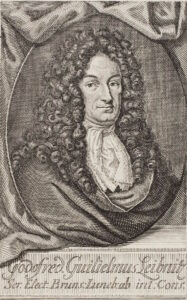
Meanwhile, a great rivalry emerged between himself and a well-known figure called Gottfried Leibniz. The German philosopher quickly fell into Newton’s bad books when he published a mathematical paper which worked on the same ideas which Newton had been working on. They had both been investigating how equations could describe the world and thus the theory of calculus was born.
Unfortunately, Newton claimed to have already produced these results several years earlier in his mathematical theory, but had at the time failed to publish this work. Meanwhile, Leibniz had and this led Newton to hastily gather his old notes together in order to prove that he had discovered this theory first.
The two historical figures of Newton and Leibniz thus share the credit for developing the theory of infinitesimal calculus which emerged independently from one another.
On 5th July 1687, ‘Mathematical Principles of Natural Philosophy’ was published thanks to the financial backing from Edmond Halley. Within this text, Newton outlined the three universal laws of motion which created the principals for classical mechanics. By outlining the relationship between the object and the force exerted upon it, many great strides could be made in industry, contributing to the Industrial Revolution and the developments undertaken by others.
Newton’s most famous discovery was contained within this text, defining the law of universal gravitation, using the Latin word gravitas. Gravity has since been understood and defined by this extraordinary scientific breakthrough.
‘The Principia’ was a great work which was a culmination of decades of observation, recording and investigation. In total it took two years to write and included numerous theories and principals which have formed the basis for modern-day understanding of mathematics, physics and much more.
He used the text to outline his theory of calculus, thus staking his claim against his great rival Leibniz. Furthermore, he included the three laws of motion as well as his heliocentric view of the Solar System. The publication understandably was an outstanding academic contribution which earned him international recognition and cemented his reputation for years to come.
In his later life, Newton became interested in making a new start as a public figure in politics. In 1689 he became a member of the Parliament of England for Cambridge University, when he spoke out about King James II‘s attempts to re-Catholicise the university. However, once in a position of political standing, he failed to make a significant impact.
Newton also embraced his religious convictions by writing numerous religious tracts about symbolism as well as different interpretations of the Bible. At this point however, Newton’s state of mind was fragile and he soon suffered a mental breakdown after suffering from exhaustion.
After experiencing moments of rage, he apologised to those such as the philosopher John Locke whom he had targeted and moved on from this dark moment in his life. Fortunately for him, he was able to focus his attentions in a more positive direction when he was offered an important new position as Warden of the Royal Mint.
This was a job that he took to immediately, and in 1700 he was appointed Master of the Mint and held onto the position until his death. Under his guidance, Newton oversaw the recall of old currency and created a database to deal with counterfeits and those that produced these forgeries. His methodical approach proved most conducive to the job and under his leadership he worked at stabilising British currency.
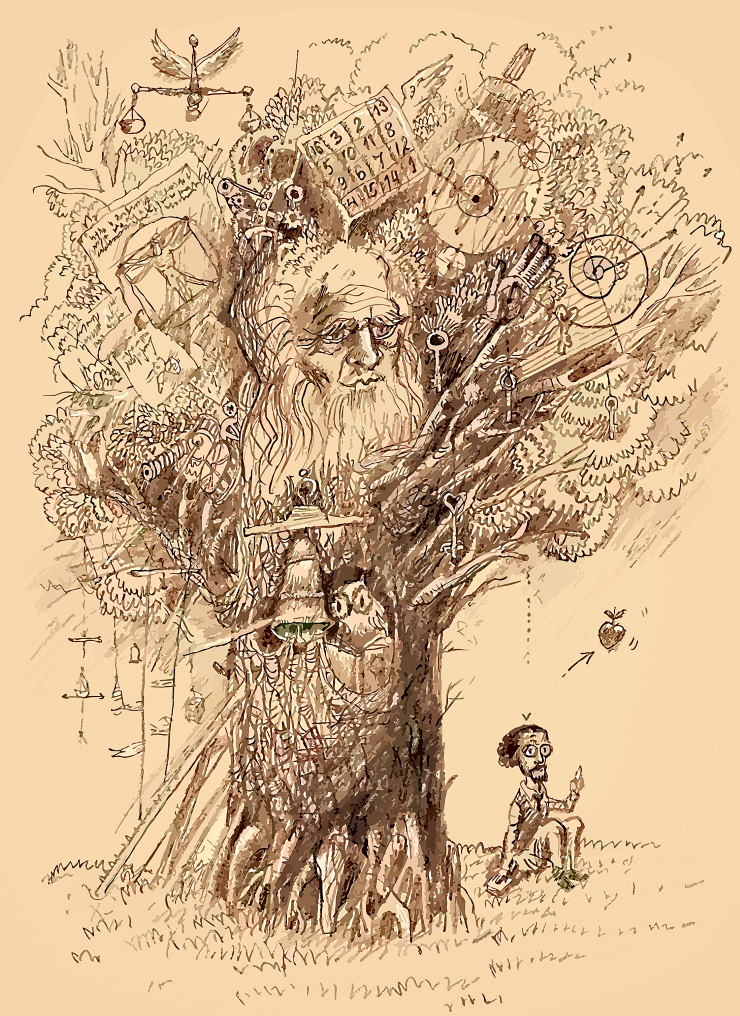
As a man of many talents, Newton applied his expertise to a wide variety of fields. After his publication of ‘The Principia’, his reputation had been secured, so much so that in 1703 he was elected President of the Royal Society.
Whilst in this role he pursued his academic enemies such as Hooke with much fervour and remained an influential figure, not only with his own work but determining the work and publications of others.
This was a man on a mission, attempting to maintain his reputation and outcast those that he had quarrelled with in the past, none more so than his great mathematical rival Leibniz.
In the end, despite his many rivalries Newton had no cause for concern. The breakthroughs he had made in science, natural philosophy and mathematics were outstanding and would provide the foundation for future generations to work on.
On 20th March 1727 he passed away in his sleep aged eighty four and was subsequently buried in Westminster Abbey. Today, as he was then, he is remembered as a national hero, a man who helped to de-code and de-mystify the universe, changing the way future generations looked at the world forever.
Jessica Brain is a freelance writer specialising in history. Based in Kent and a lover of all things historical.
Published: 14th November 2023
